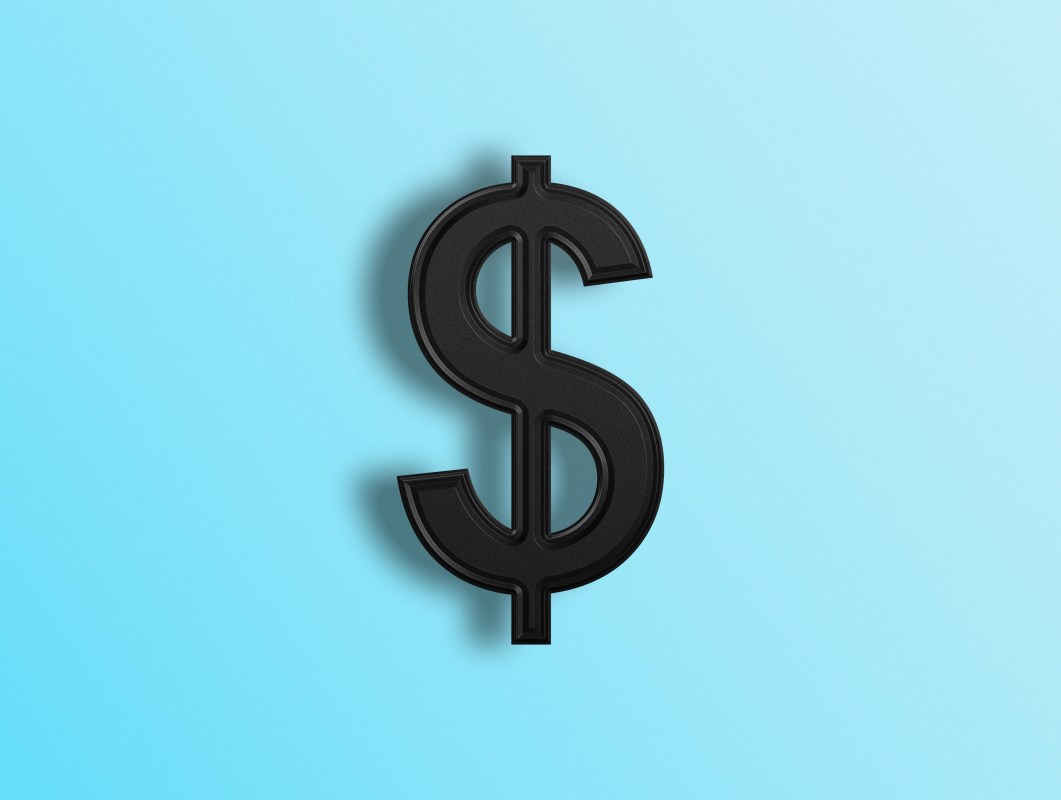The stock market goes up and to the right over time, but it doesn’t do it in a straight line. Zoom in on a long-term chart of the S&P 500 or Dow Jones Industrial Average and you’ll see plenty of pops, drops, zigs and zags.
And those jagged lines aren’t much fun for investors. Sure, pullbacks, corrections and bear markets are par for the course, but that doesn’t mean they don’t cause hand-wringing and sleepless nights, or that worried investors won’t react and sell at precisely the wrong time, when they should be buying.
That happens — a lot. Most investors who have been around for a while, including me, regret at least one emotionally driven press of the sell button.
Fortunately, one investment strategy, dollar cost averaging, can help you sidestep that risk, turning the pain of loss into potentially bigger profits (and portfolio balances) while avoiding money-losing misseteps.
Dollar-cost averaging: A simple superhero
Dollar-cost averaging involves buying equal dollar amounts of an investment at specified intervals, such as monthly.

Photo by Woliul Hasan on Unsplash
Those with workplace retirement plans like a 401 (k) or 403(b) likely use dollar-cost averaging without realizing it, since contributions into these accounts are automatically made each pay period.
One benefit of dollar-cost averaging is that it’s systematic. Emotion doesn’t play a role. It’s a set-it-and-forget-it investment strategy that’s painlessly easy to stick to.
Another benefit is that dollar-cost averaging allows you to buy more shares when stocks fall and fewer when stocks rise, potentially lowering your average cost and increasing your profit.
How dollar-cost averaging works
Let’s say you’ve got an extra $100 each month that you’d like to invest in the S&P 500 to get exposure to the stock market. Simply set up an auto investment plan with your broker or mutual fund company to buy $100 of an S&P 500 mutual fund or exchange-traded fund at the end of every month. Painless. Simple. And effective.
More Personal Finance:
- Soaring student loans are weighing on the economy
- How the government shutdown affects Social Security, Medicare
- Health insurers make a major move older Americans won’t like
For example, imagine you invested $100 into State Street’s SPDR S&P 500 ETF Trust (SPY), an ETF widely available through most brokerage firms, on the last trading day of each month from January 2020 through June 2025. Your $6,000 total investment would be valued at $9,635, a 46% return. Not bad, especially considering that return came despite the 34% Covid selloff and 2022’s painful 25% bear market drop.
Combining dollar-cost averaging with time in the market offers even more opportunity for financial freedom, thanks to the power of compound interest, or earning interest on your interest.
Because your dollar-cost-averaging purchases have increased in value, future gains will be supercharged, which is key to the concept of “time in the market beats timing the market.”
How to get started
You don’t need to begin with a lot of money, either. I didn’t. I made my first dollar-cost-averaging investment in college around 1990, buying into a popular high-growth mutual fund using money left over from my student loan and part-time job. Initially, I began with a small $50 per month investment. Over time, I increased that investment as my career evolved, eventually tapping a portion of my gains for the down payment on my home.
In short, dollar-cost averaging is an investing superhero, helping you grow your portfolio balance over time with far fewer sleepless nights. After all, when everyone else is wringing their hands over the latest stock market drop, you’ll rest easier knowing that while others are selling, you’re buying.
One word of caution, though. Dollar-cost averaging into the market is different than dollar-cost-averaging into an individual stock. The S&P 500 regularly removes shrinking companies, replacing them with growing companies. That’s very different from individual stocks, which can — and often do — go to zero or stay dormant for decades. In those cases, dollar-cost averaging can be like throwing good money after bad, something nobody wants to do.
Related: Child Tax Credit 2026: Families now get $2,200 per kid tax credit
#rich #hack #that039s #boringly #beautiful